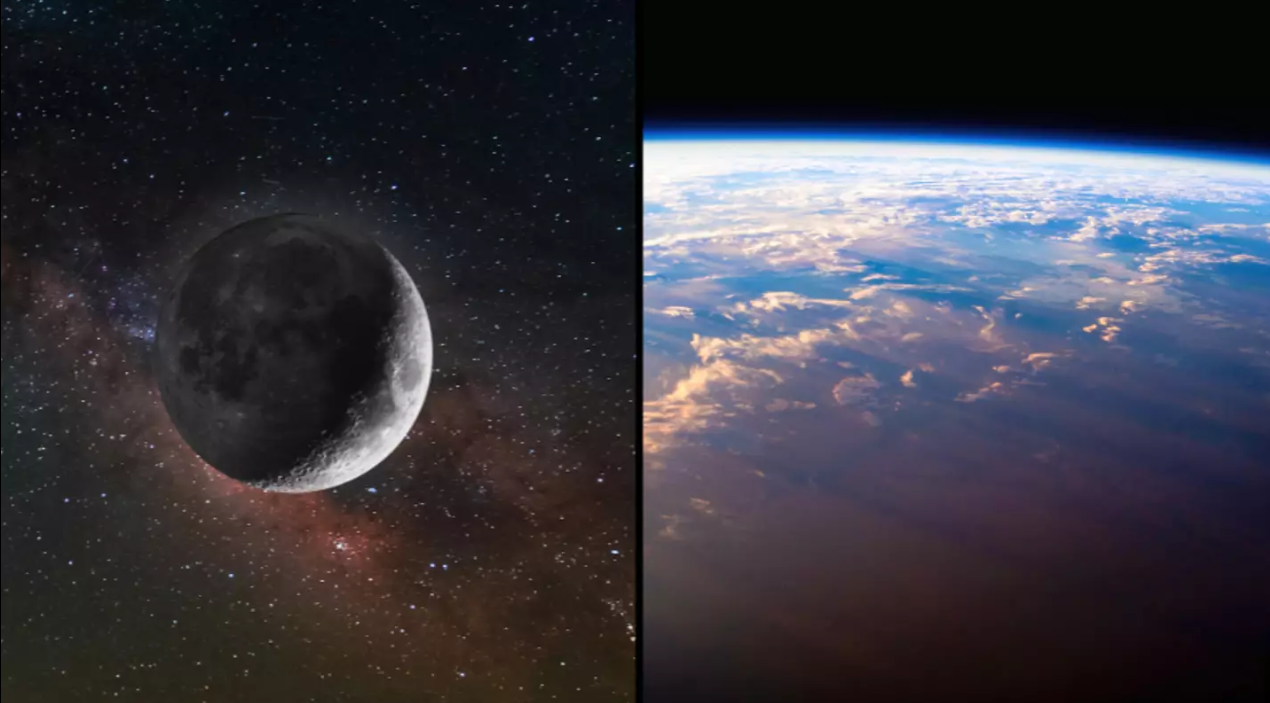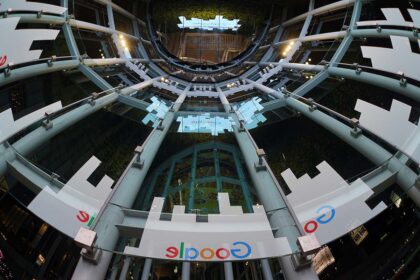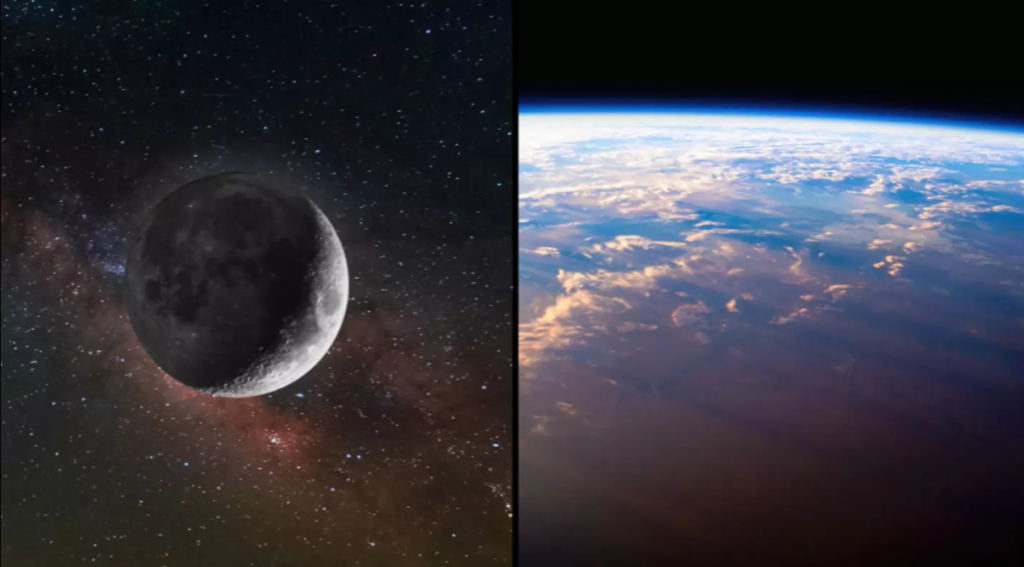
The planet is a bit smaller compared to Earth.
Scientists have announced an exhilarating finding, revealing the detection of yet another planet that could potentially support life. This remarkable discovery is located a mere 40 light years from our own planet.
Gliese 12 b, also known as a red dwarf, revolves around its parent star every 12.8 days in the Pisces constellation. It is slightly smaller than Earth and more similar in size to Venus.
Humans may potentially be able to live there in the future, given its estimated surface temperature of 42C. However, this is purely a theoretical possibility.
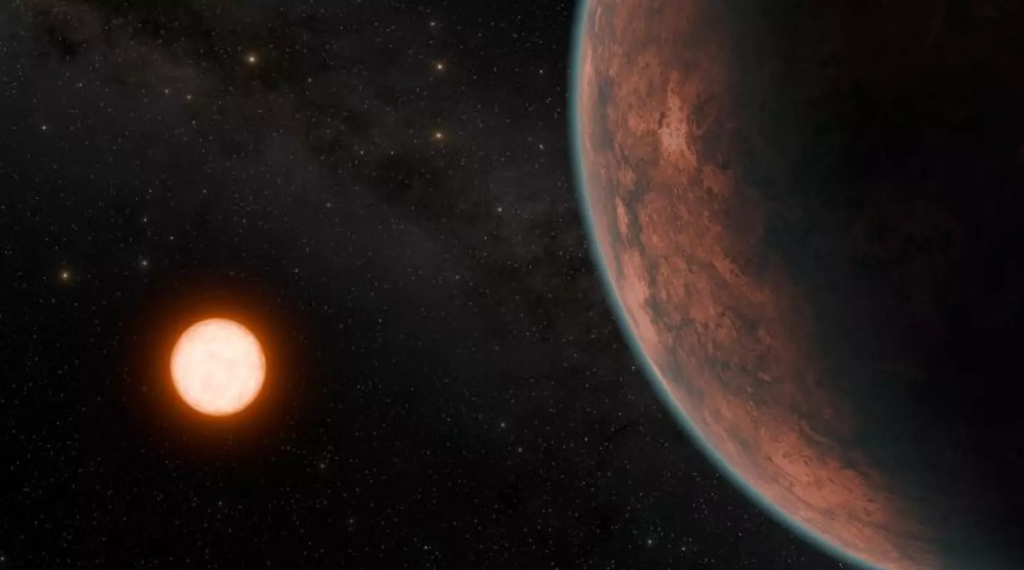
Humans might live there one day. (NASA/PA)
Nonetheless, we must gather data on its atmosphere, or determine if it even has one.
Scientists will be able to confidently determine if Gliese 12 b can maintain suitable temperatures for water and life to exist on its surface.
Masayuki Kuzuhara, a project assistant professor at the Astrobiology Centre in Tokyo, co-led a research team with Akihiko Fukui. He mentioned that they have discovered the closest Earth-sized planet that is both transiting and temperate.
We are unsure if it has an atmosphere, but we are considering it as an exo-Venus because of its comparable size and energy from its star, similar to Venus in our solar system.
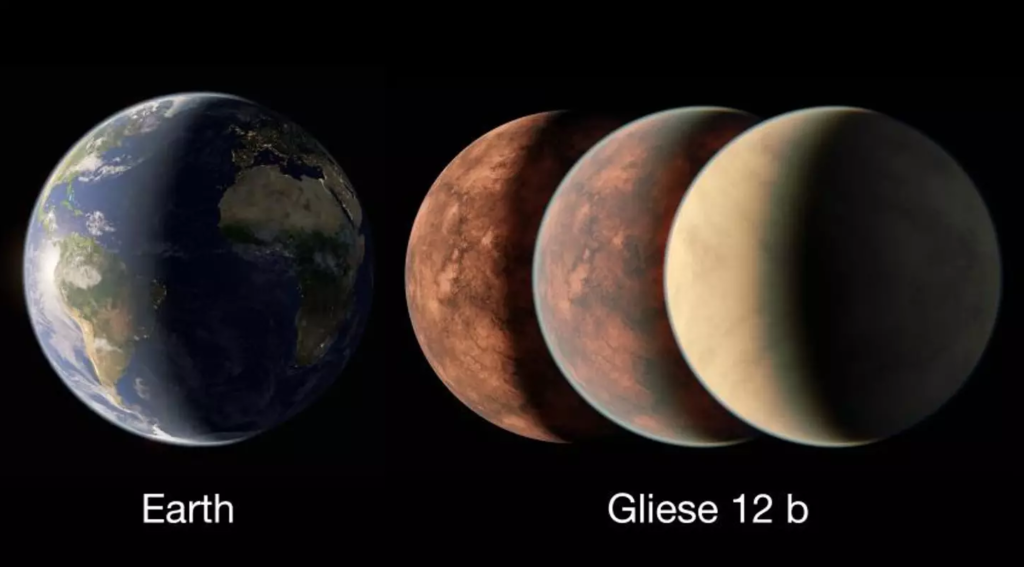
Gliese 12 b is slightly smaller than Earth. (NASA/PA)
Professor Thomas Wilson from the University of Warwick, who played a role in the finding, expressed his enthusiasm about this remarkable discovery. He believes that it will greatly contribute to our ongoing research on planets that resemble Earth.
Unfortunately, this planet is quite distant for us to have a closer encounter. The light we observe at present actually traveled for 40 years before reaching Earth.
It's extremely uncommon for us to have the opportunity to study a planet like Gliese 12 b in such detail and gain insights into its atmosphere and temperature, considering how scarce they are.
Wilson and the research team utilized information from NASA's satellites to validate the presence of the planet, along with its distinctive features.
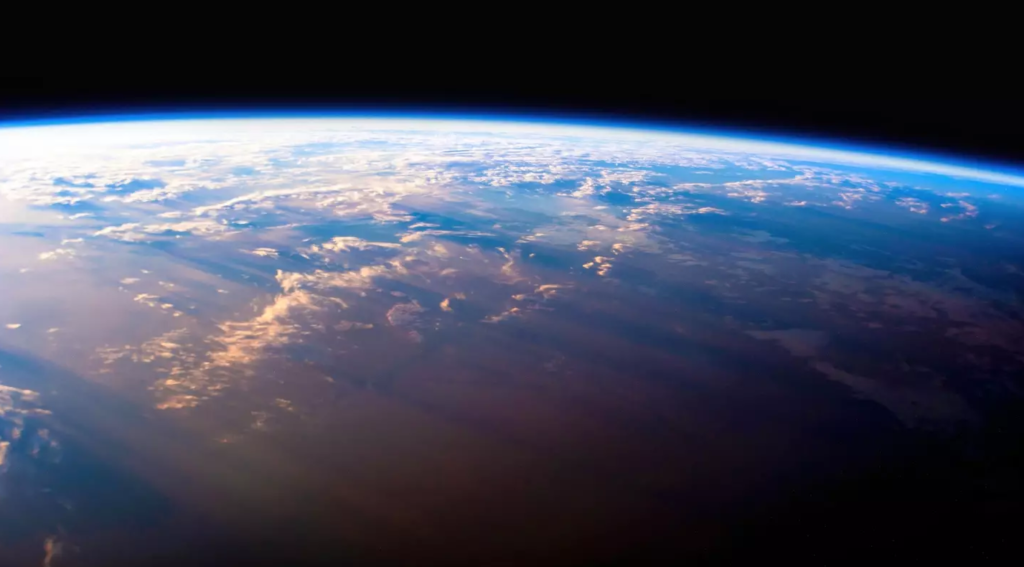
The planet is one of a few Earth-like planets (Getty Stock Images)
Scientists have analyzed Gliese 12 b and found no significant magnetic activity, which sets it apart from other red dwarfs.
Dr. Vincent Van Eylen, a researcher from UCL, expressed his enthusiasm about GJ12b, a fascinating planet that shares the same size as Earth.
Despite being much closer to its star than Earth is to the Sun, GJ12b's temperature could be similar to Earth's due to orbiting a small star.
While it doesn't ensure the planet is suitable for living, it does provide an excellent starting point for exploration.
Luckily, it's a close star, which means we can gather more information about the planet and its atmosphere using telescopes like JWST in the coming years.
Featured Image Credit: Getty Stock Images






